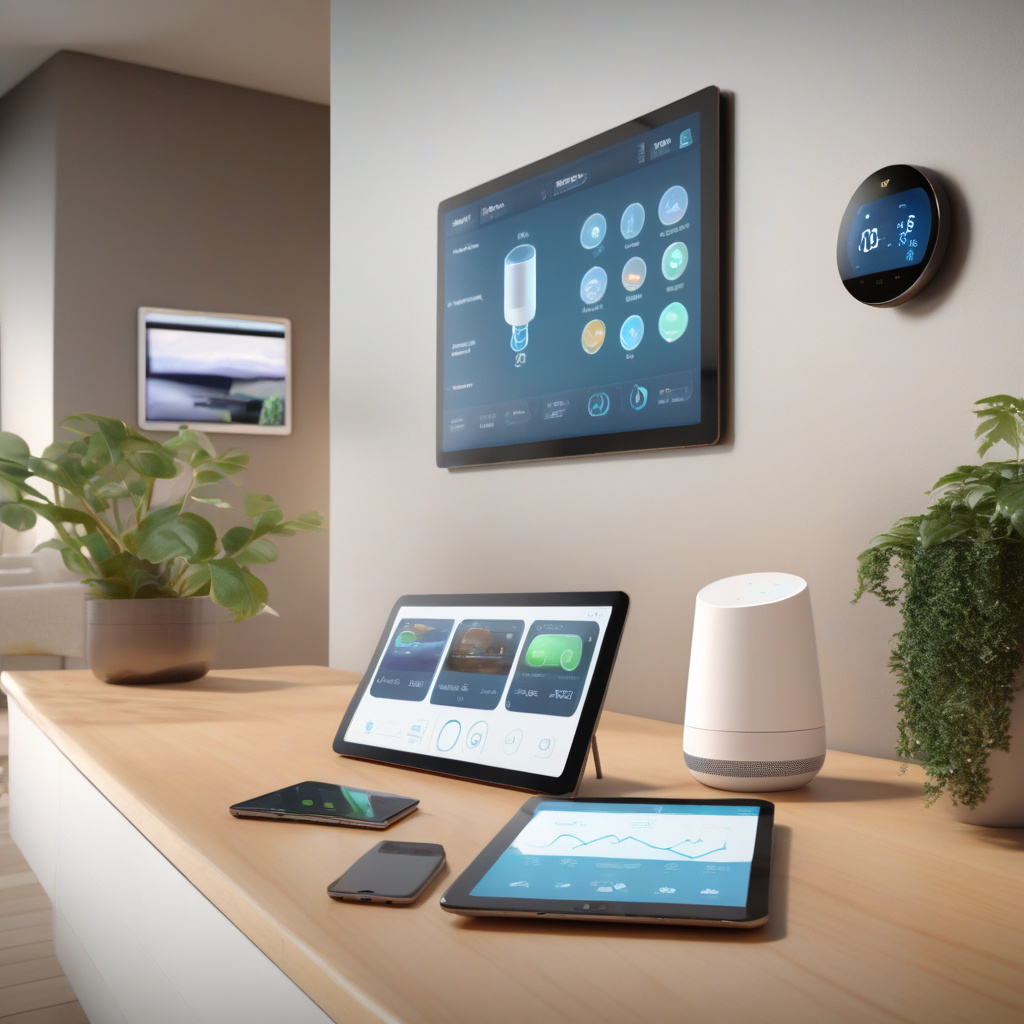In the vast realm of IoT (Internet of Things), communication protocols serve as the unsung heroes that enable seamless interaction between devices. These protocols are the backbone of connectivity, dictating how data flows, connections are established, and information is exchanged securely. Picture them as the translators that ensure devices speak the same language, fostering a harmonious symphony of operations in the IoT landscape.
Efficient device integration stands as a cornerstone of IoT ecosystems, where a myriad of devices must collaborate regardless of their manufacturers. The significance of selecting the right communication protocol cannot be overstated. It is the key to unlocking reliable, secure, and scalable communication pathways that empower devices to function harmoniously. Think of it as choosing the perfect conductor to orchestrate a complex symphony—each note resonating in perfect harmony.
Consider a smart home system where lights, thermostats, and security cameras need to work together seamlessly. Without the appropriate protocol in place, the lights might not dim when you command them to, or the security camera might fail to send alerts in case of a breach. In industrial automation, precise coordination between sensors, machinery, and control systems is imperative for streamlined operations and enhanced productivity. The same applies to health-monitoring devices that rely on swift data exchange to deliver real-time insights crucial for patient care.
Imagine a scenario where your smart thermostat fails to communicate with your smart speaker to adjust the temperature when you’re away. This simple inconvenience underscores the critical role of IoT communication protocols. By selecting the right protocol, you ensure that such scenarios are avoided, guaranteeing a seamless user experience where devices work in perfect unison.
When exploring IoT communication protocols, a myriad of options may come into play, each tailored to specific needs and scenarios. For instance, MQTT (Message Queuing Telemetry Transport) shines in scenarios requiring low bandwidth and efficient communication between devices, making it ideal for remote monitoring applications. On the other hand, CoAP (Constrained Application Protocol) excels in constrained environments, offering lightweight communication suitable for IoT devices with limited resources.
In the realm of industrial IoT, OPC UA (Open Platform Communications Unified Architecture) emerges as a frontrunner, providing a robust framework for secure and reliable data exchange in industrial settings. Its ability to ensure interoperability between diverse industrial systems makes it a go-to choice for seamless integration in manufacturing plants, energy facilities, and beyond.
In a world where IoT devices are becoming increasingly ubiquitous—from smart thermostats and wearable health trackers to industrial sensors and autonomous vehicles—the importance of selecting the right communication protocol cannot be overstated. It is the linchpin that holds together the intricate web of interconnected devices, ensuring they operate flawlessly in unison.
So, the next time you marvel at the seamless coordination between your smart devices, remember that behind the scenes, IoT communication protocols are working diligently to orchestrate this technological symphony. By choosing the right protocol for efficient device integration, you are laying the foundation for a future where connectivity is not just a convenience but a seamless reality in our daily lives.

